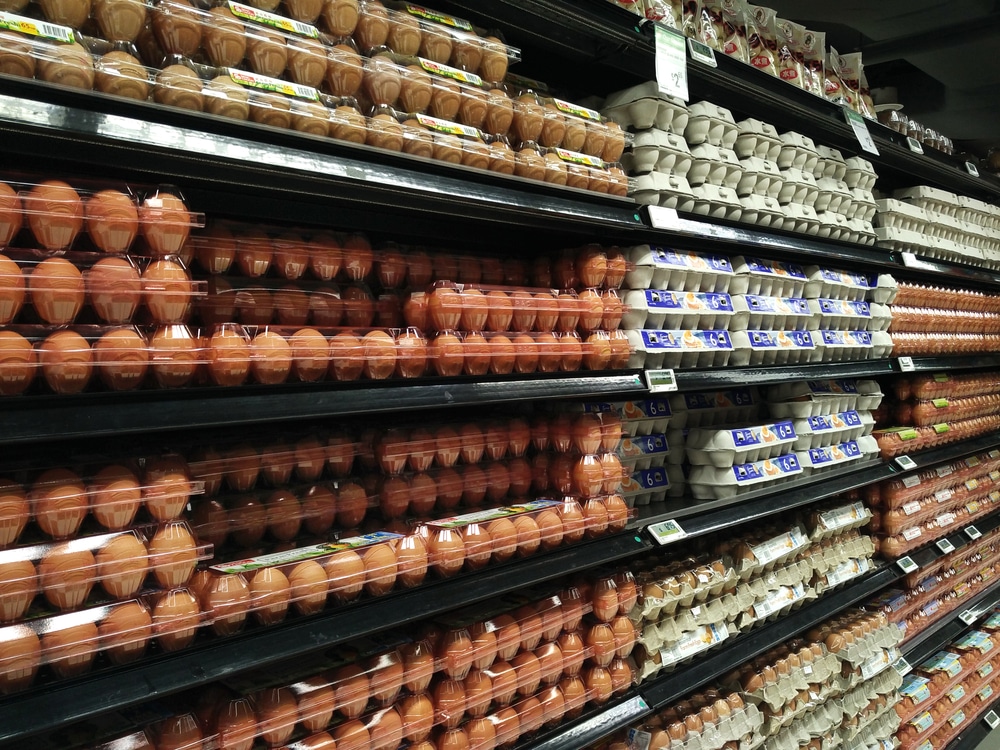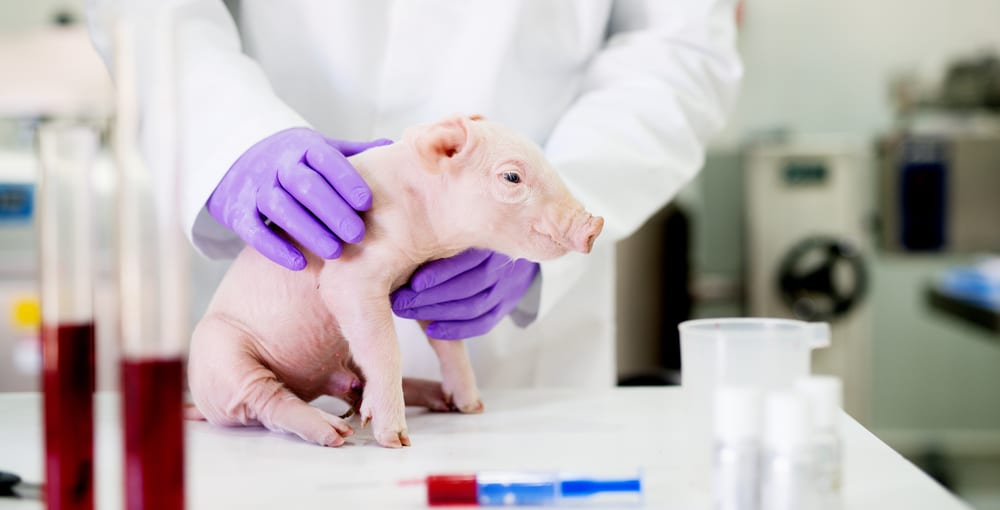As we prepare to step into 2024, it’s important to know what changes are to come over the next year—including the changes that might come to the selection of items at grocery stores.
In 2023, we faced scarcity of several products, from toilet paper to sriracha. Now, there are a few other items that may be become harder to find over the next 12 months.
Factors like environmental challenges, labor shortages, and more could pose a risk to the availability, quality, and affordability of certain spices, dairy products, eggs, seafood, grains, fresh produce, and meat and poultry. Here’s a closer look at the challenges each category is facing and some alternative options for savvy shoppers.
1. Spices
Spices like black pepper and cinnamon are a staple in most kitchens across the U.S. Not only do they bring great flavor to your meals, but many of them also offer up amazing health benefits. Unfortunately, some of your must-have seasonings may be hard to find in the coming year.
The spice aisle is feeling the impact of climate issues affecting countries like Vietnam and India, leading to scarcity in staples like black pepper, cinnamon, nutmeg, and garlic powder.
A potential solution lies in cultivating your own spices at home. Small herb gardens or indoor potted plants can offer a sustainable and flavorful alternative.
2. Dairy Products
Many people keep their fridge stocked with dairy products like milk, cheese, and butter at all times. However, the unfortunate truth is that you may run into the issue of limited availability and higher prices of these items in 2024.
These issues stem from a few complications, including the escalating feed costs for cows caused by grain growth issues. Additionally, labor shortages and extreme weather events, such as floods, droughts, and heat waves further stress dairy production. Yikes! It might be time to embrace plant-based milk alternatives like almond, soy, and oat milk presents a sustainable and nutritious substitute.
3. Eggs
You may remember that egg prices reached an all-time high earlier in 2023. And while we may be recovering from that fiasco, there are still a few issues present that could keep prices high and availability low.
Challenges that could contribute to egg scarcity in 2024 include avian flu outbreaks affecting poultry and rising costs of feed and farming. A viable alternative is exploring plant-based egg alternatives or supporting local farmers with resilient and diverse farming practices.
4. Seafood
As it turns out, there may not be plenty of fish in the sea. Fish isn’t only a delicious source of protein; it’s also incredible for your health. For this reason, many of us purchase seafood on a regular basis. There are a few issues that could make that more difficult in 2024, though.
Overfishing, climate change, and water pollution are impacting fish populations and the quality of seafood. Opting for sustainably sourced and responsibly farmed fish is a recommended alternative. You may also consider alternatives like mackerel over more traditionally popular options like salmon.
5. Grains
Grains are another crucial component of a balanced diet. But as we mentioned above, global climate issues could pose a significant risk to several crops that you may rely on for your pantry staples.
Grains face challenges with climate change affecting harvests through droughts, floods, and unpredictable weather patterns. Soil degradation and pest infestations add to the difficulties.
Luckily, there are many options out there when it comes to healthy grains. Although it may be harder to find decently priced white rice, for example, ancient grains like quinoa provide a great, healthy alternative.
Additionally, ensuring that your grains are stored properly will allow them to last as long as possible; consider buying them in bulk before scarcity ensues. (CONTINUE)
















